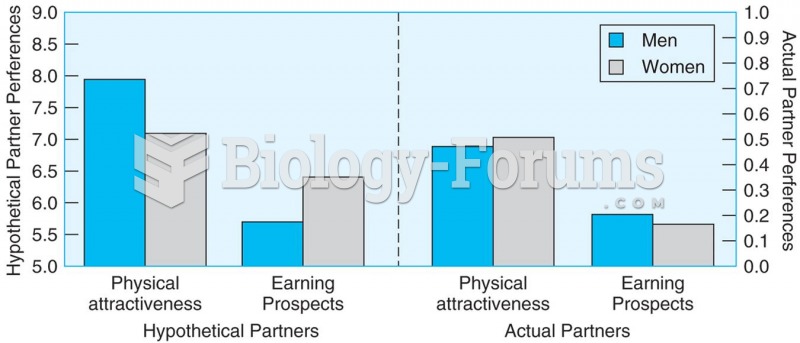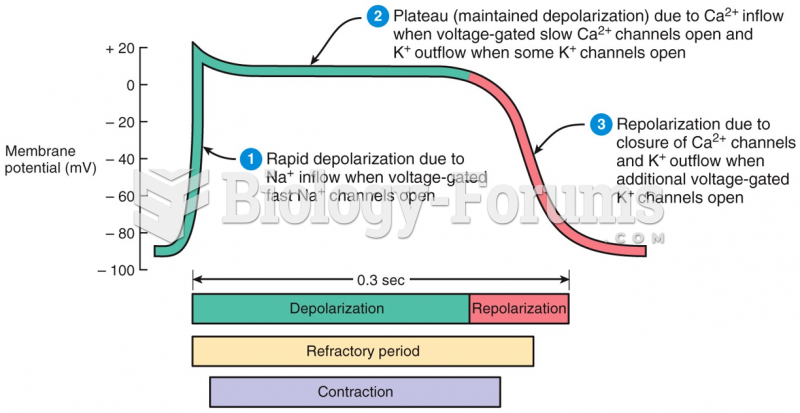This topic contains a solution. Click here to go to the answer
|
|
|
Did you know?
HIV testing reach is still limited. An estimated 40% of people with HIV (more than 14 million) remain undiagnosed and do not know their infection status.
Did you know?
Today, nearly 8 out of 10 pregnant women living with HIV (about 1.1 million), receive antiretrovirals.
Did you know?
The people with the highest levels of LDL are Mexican American males and non-Hispanic black females.
Did you know?
There are over 65,000 known species of protozoa. About 10,000 species are parasitic.
Did you know?
There are more bacteria in your mouth than there are people in the world.
 Men are more apt to say they are looking for a potential mate who is physically attractive, whereas ...
Men are more apt to say they are looking for a potential mate who is physically attractive, whereas ...
 Utagawa Hiroshige, Hamamatsu: Winter Scene, plate 30 from The Fifty-Three Stations of the Tokaido, ...
Utagawa Hiroshige, Hamamatsu: Winter Scene, plate 30 from The Fifty-Three Stations of the Tokaido, ...





